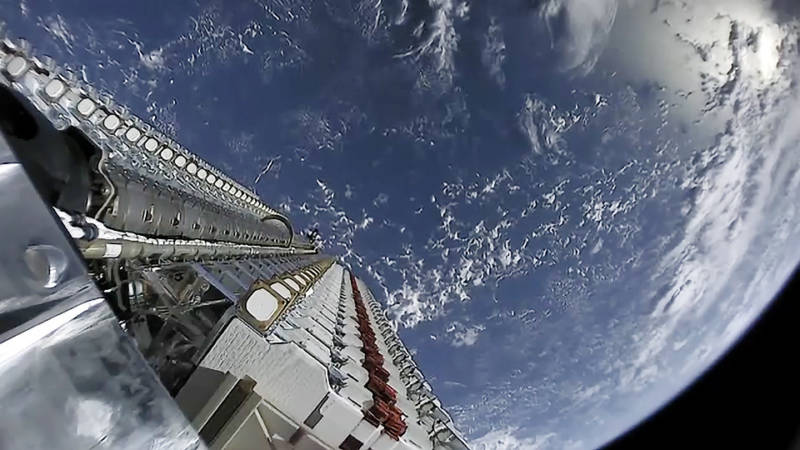How big of a problem this might be is unclear, he says, because no one has ever tried something like this before. To try to find out, he has been running simulations.
"It's a mixed picture," he says. "Unfortunately, we don't get back a clear message of 'Yes, do it' or 'No, don't do it — it's too dangerous.' "
What is clear is that Earth-bound space traffic control systems are not ready to handle this many satellites.
The Air Force operates a network of telescopes to track satellites and then feed that data into a computer to look for potential collisions. It shares information about any potential close calls with companies that operate the satellites.
Brian Weeden, a former Air Force officer who used to work tracking satellites, says that when he started on the job in 2004, he was using mainframe computers dating from the 1990s. Today, he says, the Air Force is still using those very same outdated systems.
Weeden, who is now at the Secure World Foundation, which promotes sustainability in space, says he's not sure whether the current system has enough capacity.
"It's probably the barely functional minimum to be able to handle this situation," Weeden says. "But it is very far from what we should have."
SpaceX and OneWeb say they're taking precautions to avoid collisions and orbital debris. Both companies say they'll start their satellites at a lower orbit, causing them to quickly reenter Earth's atmosphere and burn up if they fail after launch. They will be boosted to higher altitudes only if they are operating correctly.
SpaceX says the satellites are equipped with an automated collision avoidance system. That system has already been used. Since the first Starlink satellites were launched in May, the company says it has performed avoidance maneuvers 16 times.

9(MDAxOTAwOTE4MDEyMTkxMDAzNjczZDljZA004))